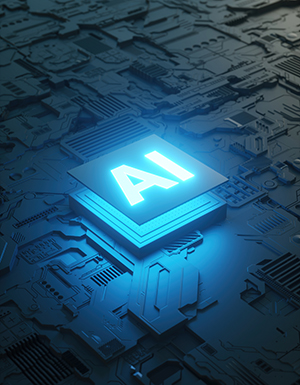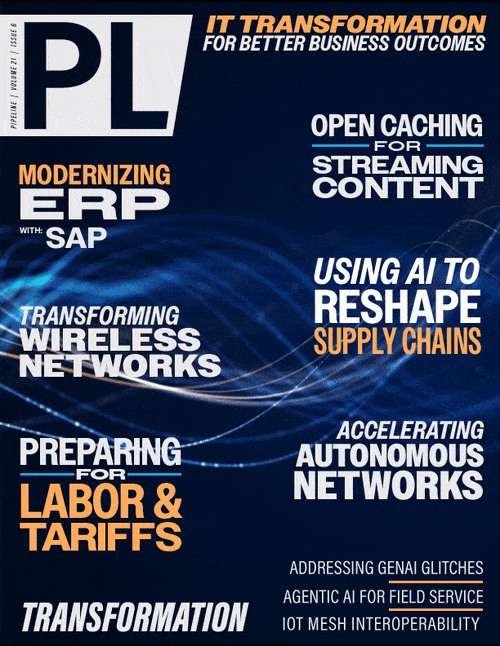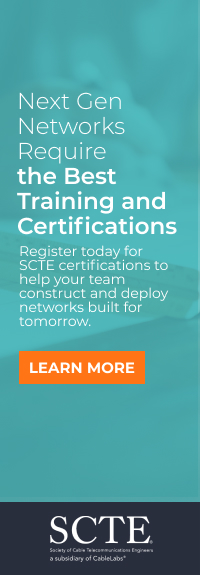The Future of Supply Chain: How AI is
Reshaping Logistics and Visibility
By: Varun Garg, Ajay Marar

For decades, businesses have struggled with inefficiencies in supply chain management. From fragmented procurement systems to lack of real-time visibility, supply chains have remained vulnerable to disruptions that lead to delays, increased costs, and lost revenue. Five Years ago, the COVID-19 pandemic exposed just how fragile global supply networks can be, as companies faced shortages, unpredictable lead times, and unfulfilled orders. Supply chain professionals have long faced a difficult trade-off: optimize for speed or minimize costs, but rarely both. This dilemma has forced enterprises to either hold excess inventory, risking obsolescence, or operate with just-in-time models that collapse under unexpected disruptions. Traditional supply chain models are no longer sufficient in an era of rapid digital transformation.
Artificial Intelligence (AI) and Machine Learning (ML) are changing this equation. Today’s supply chain leaders are looking to predictive analytics, natural language processing, and automation to create more resilient and intelligent supply networks. Resilience and agility in supply chain management are the two main priorities for almost all organizations, with about 90% investing in greater supply chain resilience over the next two years. This shift is not just about efficiency, it is about survival in an increasingly competitive and uncertain global market.
Breaking Free from Traditional Supply Chains
The traditional supply chain model is linear and disconnected. Companies rely on multiple, siloed systems to manage procurement, logistics, warehousing, and inventory tracking. This results in lack of end-to-end visibility, where companies struggle to pinpoint where products are in transit. Pricing models remain opaque, making it difficult to understand total landed costs. Many supply chain teams operate reactively, responding to issues rather than preventing them.
To address these challenges, a new approach is emerging: supply chain as a service. Instead of relying on multiple vendors and systems, businesses are moving toward integrated supply chain platforms that consolidate procurement, logistics, warehousing, and distribution under one seamless AI-powered system. By shifting from a supply chain to a supply network, companies can eliminate inefficiencies, increase predictability, and improve cost transparency. Rather than treating logistics as an operational function, businesses are leveraging supply chain intelligence as a strategic advantage to anticipate demand fluctuations, optimize inventory, and accelerate delivery times.
AI and the Supply Chain Revolution
Artificial Intelligence (AI) and Machine Learning (ML) are driving an unprecedented transformation in supply chain operations. While traditional supply chains rely on disconnected systems, AI is enabling companies to unify their logistics and procurement processes into a single intelligent system. Companies that invest in AI-driven supply chain management see measurable improvements in efficiency, cost reductions, and predictive capabilities.
Research estimates that AI-driven supply chains will contribute to a $157.6 billion global industry by 2033, growing at a compound annual growth rate of 42.7 percent. The impact of AI on supply chain operations is already evident in industries such as e-commerce, pharmaceuticals, and automotive manufacturing. Retail giants have used AI-powered forecasting models to predict demand spikes and avoid stockouts, while logistics providers are deploying AI-driven route optimization to cut fuel costs and delivery times.
Real-Time Visibility and Predictability
AI-powered natural language queries allow supply chain professionals to access real-time order tracking, delivery status, and supplier performance metrics. Businesses no longer have to manually search through disparate systems to answer questions like “Where is my shipment?” or “What is my on-time delivery rate over the past six



















